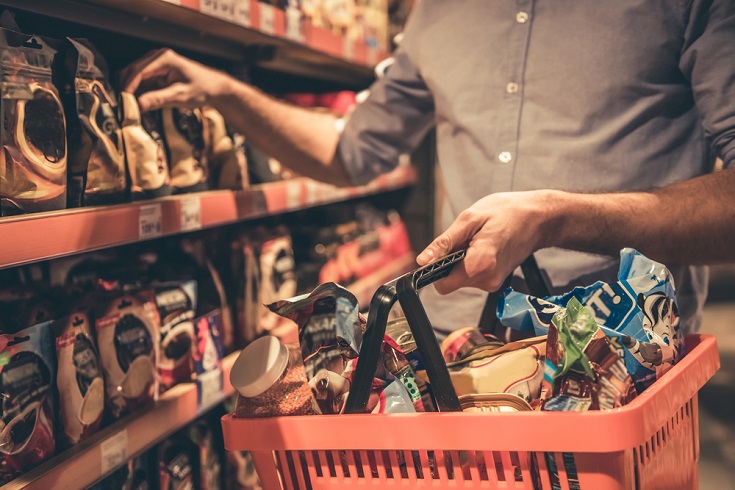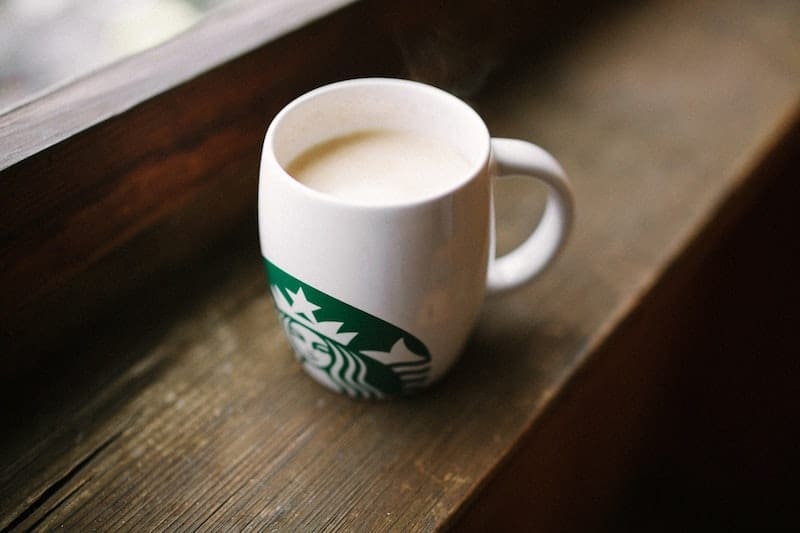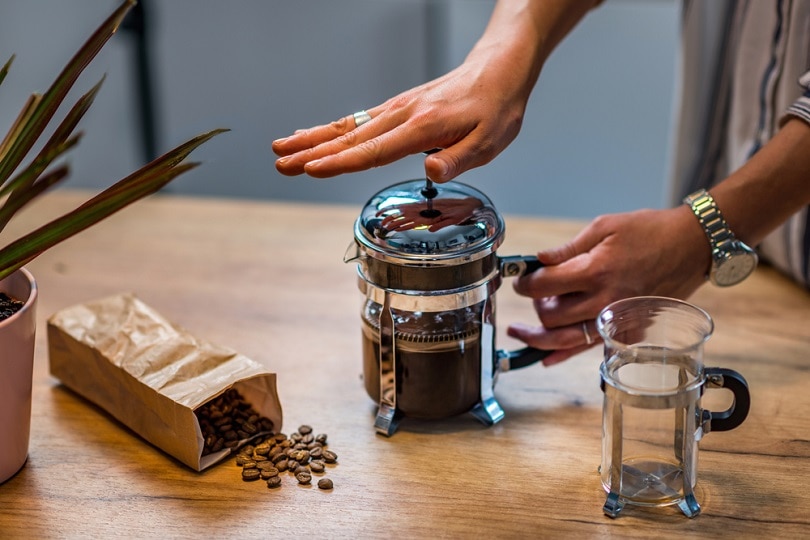
Coffee culture has evolved through the years, and many modern trends surrounding coffee would have seemed strange to our grandparents. While the coffee plant and bean have remained mostly unchanged, how coffee is grown, processed, sold, and prepared have all undergone significant developments in the last century or so.
Many people who study coffee have broken the evolution of coffee down into three distinct phases or waves, each representing a dramatic shift in how people make and drink their coffee. Recently, there has been some discussion that we are entering the fourth wave, but not everyone is convinced, and it is the subject of much debate. In this article, we’ll discuss the three well-established coffee waves and talk a little bit about the possibility of a fourth wave.

The 4 Coffee Waves:
1. First Wave Coffee

First wave coffee refers to coffee sold in bulk, primarily to restaurants, hotels, diners, and other large establishments like supermarkets. First wave coffee is all about moving large volumes of coffee and consuming coffee in bulk. Businesses are the primary drive behind first wave coffee, and they are concerned with selling coffee to turn a profit more than providing a unique, curated coffee experience.
Most coffee that you can find in a supermarket or order at a restaurant is first wave coffee. Most first wave coffee has no information about what country it was grown in or how it was processed and is likely a blend of origins and roast levels.
2. Second Wave Coffee

Moving on to second wave coffee, we see the rise of individual brands attempting to set themselves apart by selling coffee that is a cut above first wave coffee. Chains like Starbucks, Dunkin Donuts, and Tim Hortons fit nicely into the second wave.
Second wave coffee is more concerned with producing higher quality coffee than selling as much coffee as possible, and the result is a slightly better experience. Compared to first wave coffee, second wave coffee tends to be less darkly roasted, and you can sometimes find second wave coffee marked with the bean’s origin.
3. Third Wave Coffee

Depending on who you ask, this is the most recent wave, and serious coffee fans rarely drink anything but third wave coffee when given a chance. Third wave coffee is ultra-specialty coffee from small farms and roasters that produce and roast coffee in smaller batches than either first or second wave coffee.
Third wave coffee is a luxury commodity and is the equivalent of gourmet food to a foodie. Unlike first or second wave coffee, third wave coffee is always labeled with the bean’s origin, a roast date, and whether or not the coffee is fair trade. The fair trade movement is unique to third wave coffee and is concerned with ensuring coffee farmers are compensated fairly compared to other arms of the coffee industry.
The beans can be light or dark roasted—or in between—but, in general, third wave coffee is lighter than first or second wave coffee. Even blended third wave coffee is clearly labeled with origins for each component of the blend, leaving no room for uncertainty. Third wave coffee is largely considered the highest quality coffee you can purchase today.
4. Fourth Wave Coffee?

So, what about this fourth wave, you ask? It is unclear whether the coffee community as a whole embraces the concept of a fourth wave, but enough people talk about it that we think there is a good argument for creating a new, fourth wave.
Simply put, fourth wave coffee is focused on the finer details that go into roasting and brewing coffee. There is a recent movement led by the likes of James Hoffman, Seattle Coffee Gear, and many others to increase the precision of brewing coffee and approach designing new recipes and equipment with a rigorous, scientific approach.
Fourth wave coffee is defined as studying the food science and chemistry of coffee, making precise measurements during the brewing process, and developing new, innovative brewing methods using insights gained from a better understanding of coffee on a chemical, scientific level.
It’s unclear whether fourth wave coffee will become more commonly accepted by coffee aficionados, but we tend to think it will. There is a clear distinction, in our opinion, between using traditional approaches to brew specialty third wave coffee and delving deeply into the fundamental science that governs our culinary experience of coffee.

Conclusion
Coffee has undergone a major transformation over the last century, going from a bulk commodity focused on quantity over quality to coffee chains offering a more customized experience to the highly specialized craft coffee found in local coffee shops today. Some experts argue that a fourth wave is emerging, characterized by a scientific treatment of roasting and brewing coffee and a focus on precision measurements and data-driven innovations.
While we’re not sure where the coffee world is headed, we think there is a considerable difference between traditional brewing methods and this new science-based approach. It is too early to tell if everyone will accept the term fourth-wave coffee, but we think there has been a quantum leap in brewing and support calling this new approach fourth-wave coffee.
- RELATED READ: The Surprising History of Coffee Houses
Featured Image Credit: Unsplash















